Vinna við nýjar heimasíður Umhverfis- og orkustofnunar og Náttúruverndarstofnunar er í gangi. Heimasíða Umhverfisstofnunar er virk á meðan vinnunni stendur. Information in English
Travellers Safety
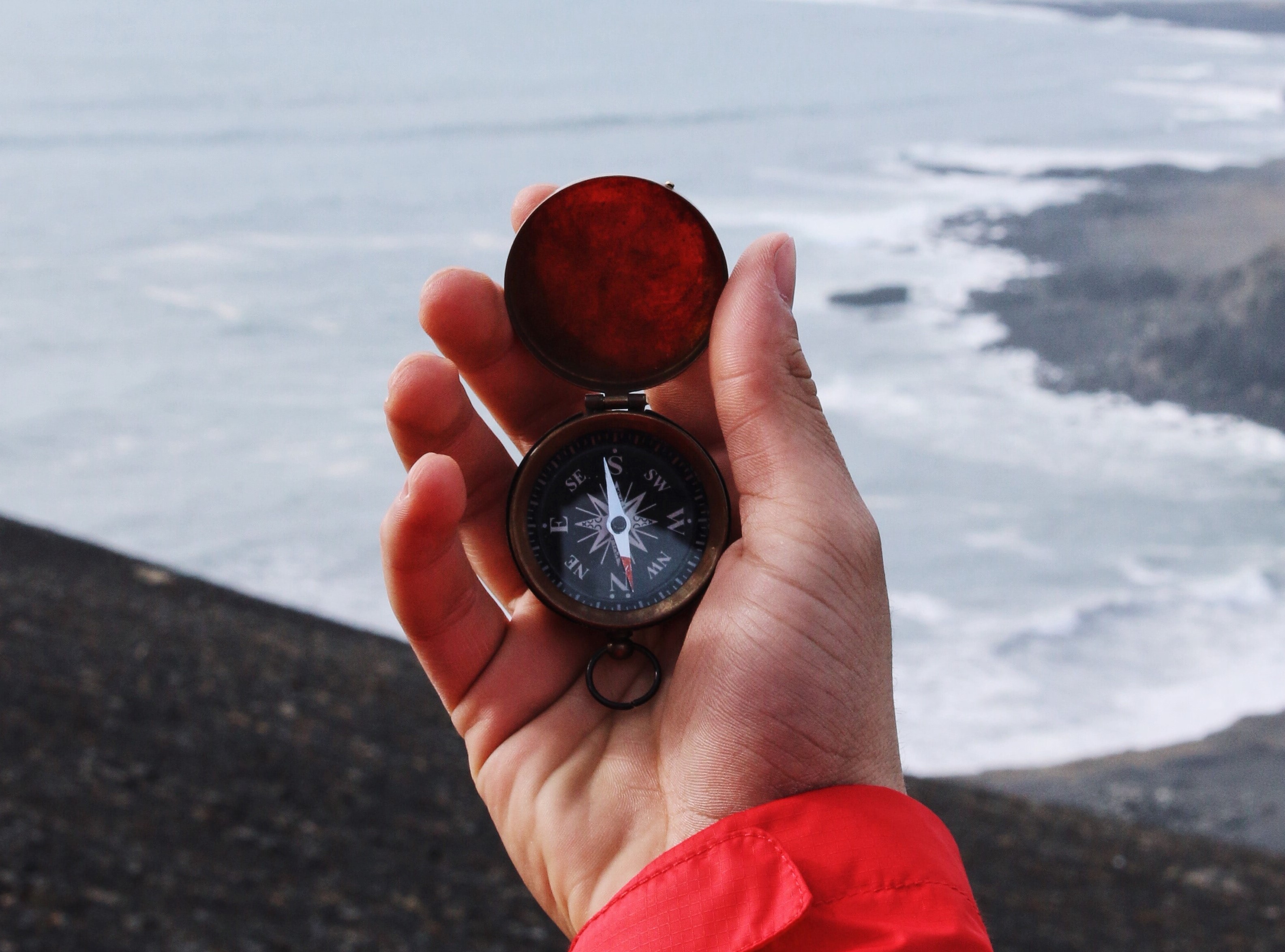
For a safe and pleasant journey
Iceland offers the traveller an adventure in a spectacular landscape of stunning natural beauty. However, it can also be a harsh and inhospitable environment and it is essential to be cautious and well prepared when travelling in the countryside.
Safetravel is an accident prevention project of the Icelandic Association for Search and Rescue aimed at providing travelers with education and resources for safe travel in Iceland.
Safety alerts in English, Icelandic, French, German and Chinese are updated daily on the website in and travellers can sign up for SMS alerts.
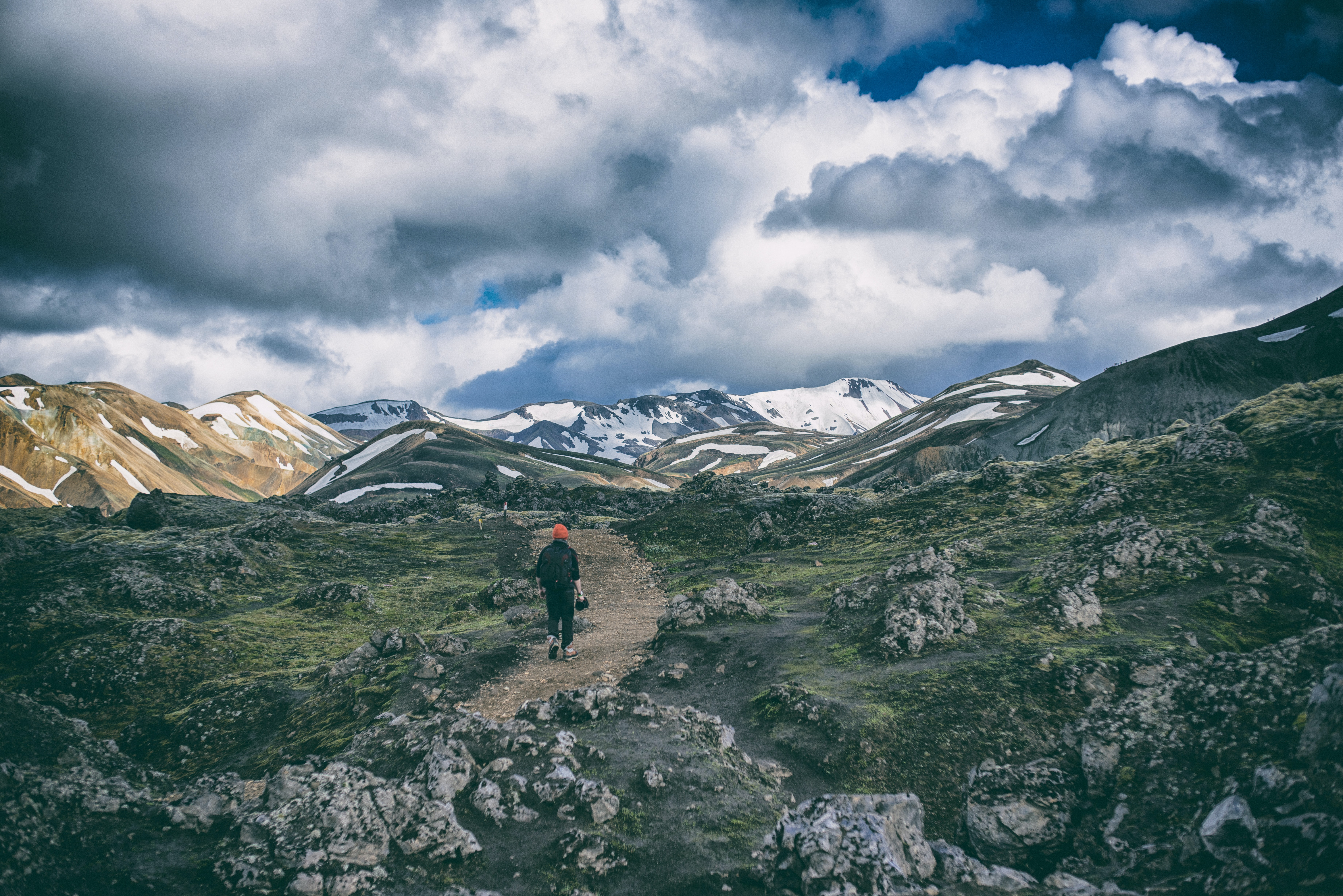
Preparation
Nature can be wild or even dangerous here in Iceland, especially for those who are unaware of the conditions or are not accustomed to travelling in uninhabited areas. You can help prevent accidents and ensure that you have a pleasant visit by being well prepared for each trip.
- Choose your clothing and footwear with care. Note that equipment suitable for trips in other countries may not be suitable for Icelandic conditions.
- Read about conditions in the area you will be visiting and talk to people with local knowledge, such as Rangers.
- Check the condition of the roads - information is available by phoning 1777, or by visiting Road.is.
- Check the weather forecast - by phoning 902-0600-44, or visiting the Weather center´s website
- News and weather forecasts are broadcast in English during the summer months at 07:30 National Radio-1 (RUV-1).
- You can stay on top of all relevant news from The Icelandic National Broadcasting Service´s English site (RUV English).
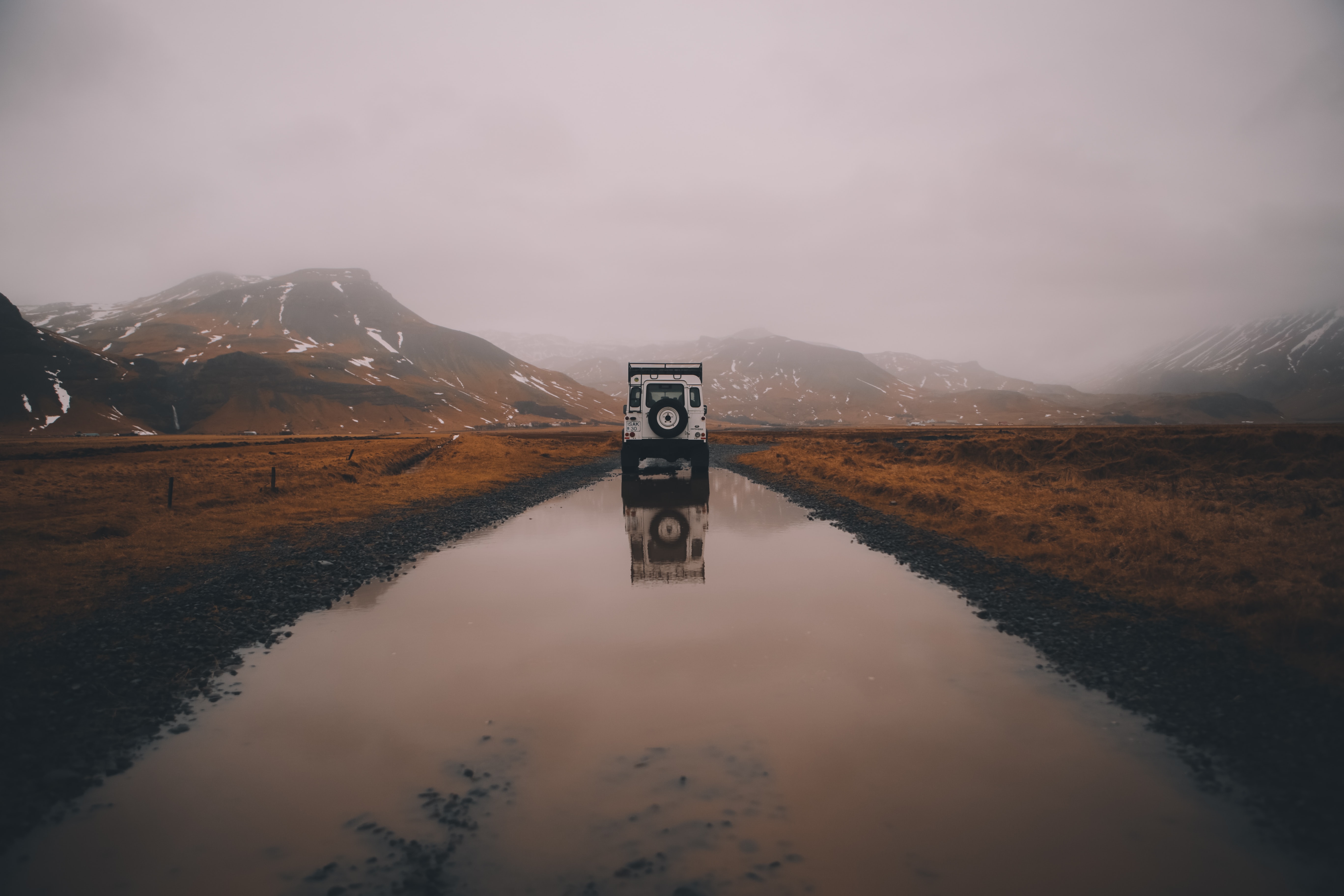
Weather
Iceland's weather is rather variable. The loveliest weather can quickly turn into quite threatening weather - which is something to keep in mind at all times, especially if you are travelling in the highlands. Therefore make sure to pack clothing suitable for all kinds of weather.
- The temperature drops on average by 0.6°C (1°F) for each 100 metres (330 ft.) of elevation.
- The temperature can fall below the freezing point even during summer, especially at night.
- The wind can be much stronger on mountains and cliff tops.
Signposts
Note that there are very few warning notices posted around Iceland, even at popular tourist stops.
- Tourists travel at their own risk.
- You will usually have to trust your own common sense when assessing conditions and making decisions.
Telephone Communications
- GSM signals are good in residential areas but intermittent outside these areas. Do not depend on a GSM telephone as a safety device when travelling in the highlands.
- Visitors who will be travelling alone in wilderness areas can make use of the notification service operated by ICE-SAR - telephone 570 5900.
- The emergency telephone number in Iceland is 112.
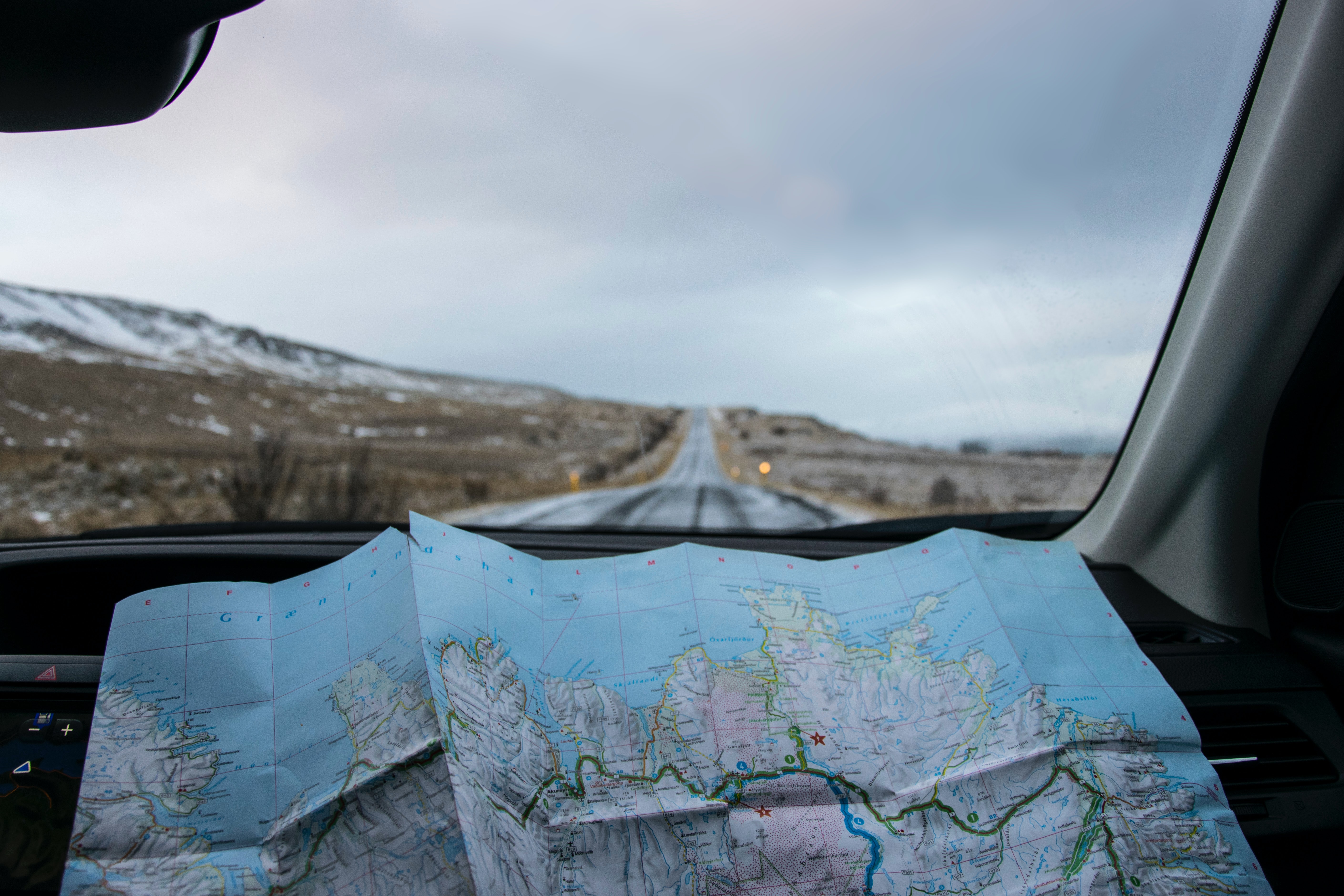
Driving
Road conditions vary considerably in Iceland. There are many narrow, steep gravel tracks with potholes and sharp bends. Some of them are only suitable for four-wheel-drive vehicles and they are marked as such on maps. Driving off marked roads and tracks is strictly forbidden because of the sensitivity of the environment.
- Slow down when approaching other vehicles on gravel roads, as well as when the surface changes from paved to gravel.
- Blind summits are common. Slow down and keep to the right-hand edge of the road.
- Many bridges are only wide enough for one vehicle at a time.
Approach bridges carefully.
- The speed limit is 90 kilometres per hour (56 mph) on paved roads and 80 kmh (50 mph) on gravel roads. It is important to adjust your speed according to the circumstances.
- Domestic animals are often on country roads and they can jump in front of vehicles with little or no warning.
- Always drive with your lights on, even in daylight.
- Use seat belts at all times - they save lives.
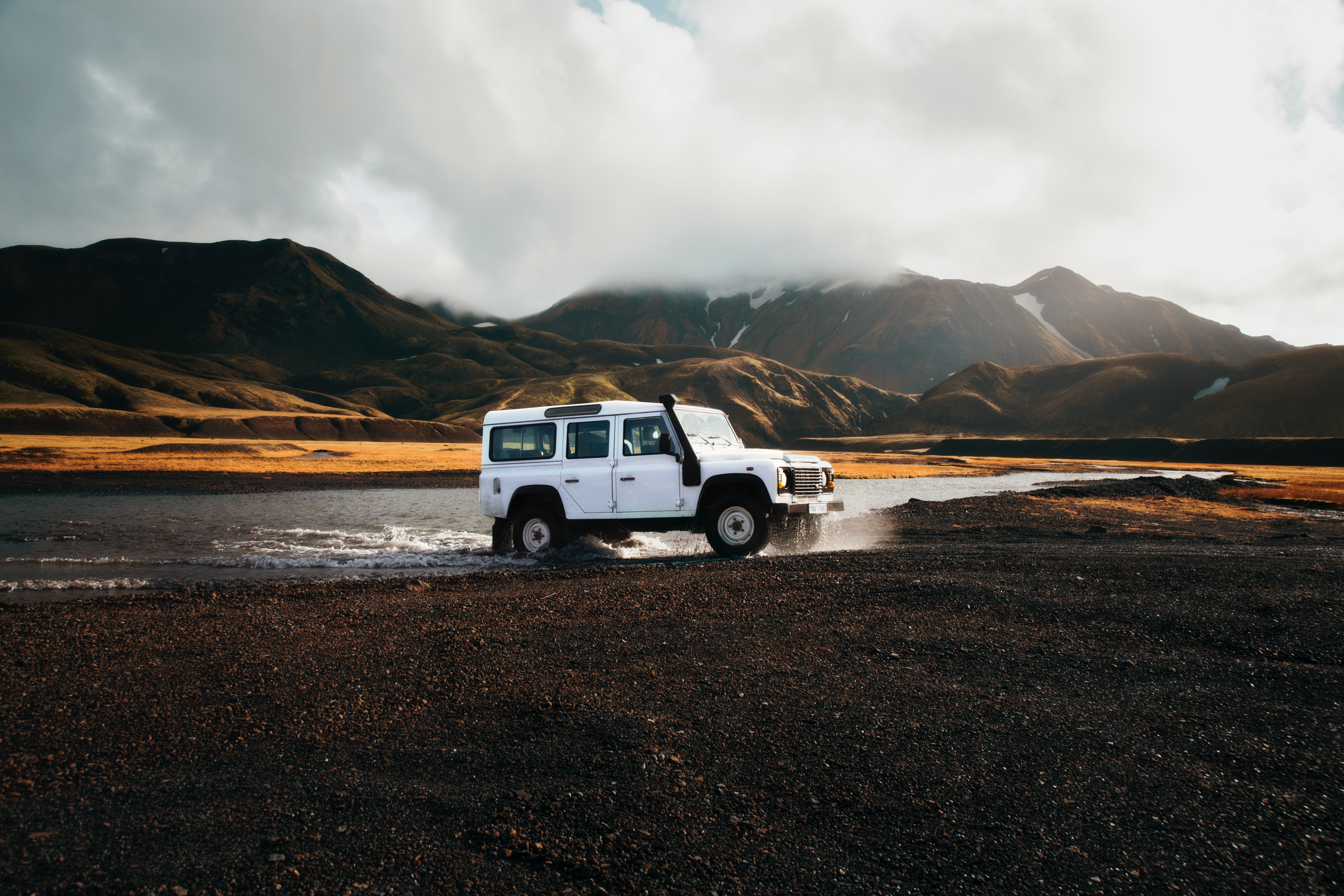
Glacial Rivers and Fords
Away from the main roads there are many unbridged rivers. Fording rivers should only be undertaken by four-wheel-drive vehicles and you should make sure that the four-wheel-drive mode has been engaged before going into the water. Drive in first gear and use 'low' drive if available.
- When crossing glacial rivers bear in mind that the situation can change very quickly. On warm summer days the flow increases.
- Heavy rain can cause a rise in water levels and rivers can become uncrossable even for large, well-equipped vehicles. There is generally less water in glacial rivers early in the day.
- Many accidents occur because the river was misjudged.
- Seek advice from experienced drivers before crossing glacial rivers and watch how and where experienced drivers cross over.
Geothermal Areas
You will find hot springs in many areas in Iceland. The temperature of the water or mud can be above the boiling point.
- Follow any instructions available and keep to designated paths when you visit geothermal areas. Don't use your fingers to check the temperature of the water!
- Watch where you tread. There is often a thin crust close to hot springs, which can break through if trodden upon, causing burns to feet or legs. Keep to footpaths or clearly trodden areas.
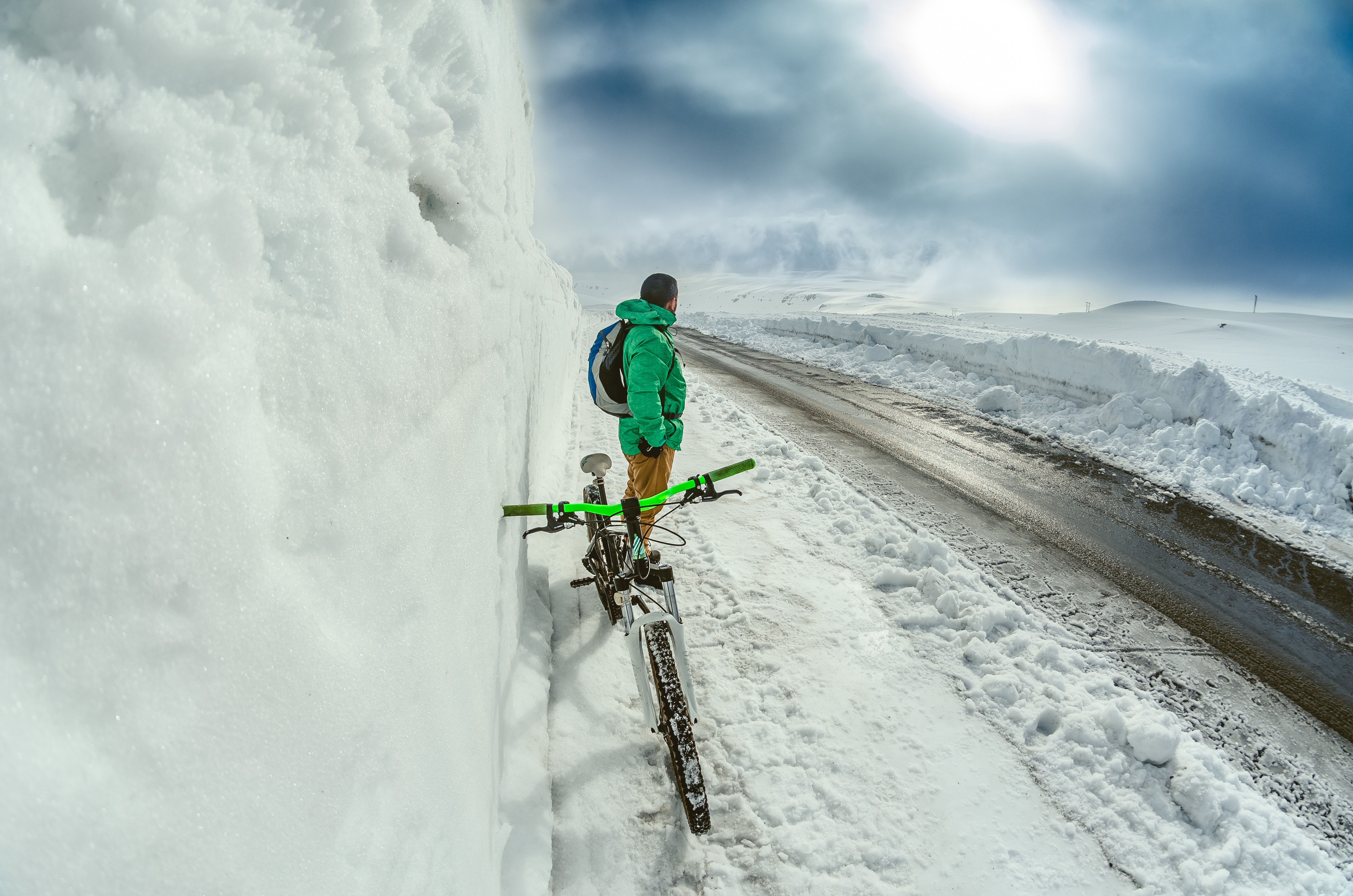
Cycling Trips and Horseback Tours
- It is not always easy to be a cyclist in Iceland. Bike paths are rare and conditions are sometimes harsh. Make sure you are easily visible when cycling on country roads, use a helmet and beware of stones thrown up by passing traffic.
- Horseback riders should use bridleways where they exist and show care and consideration when passing walkers or moving vehicles. A helmet is an important safety accessory and you should always use one when on horseback.
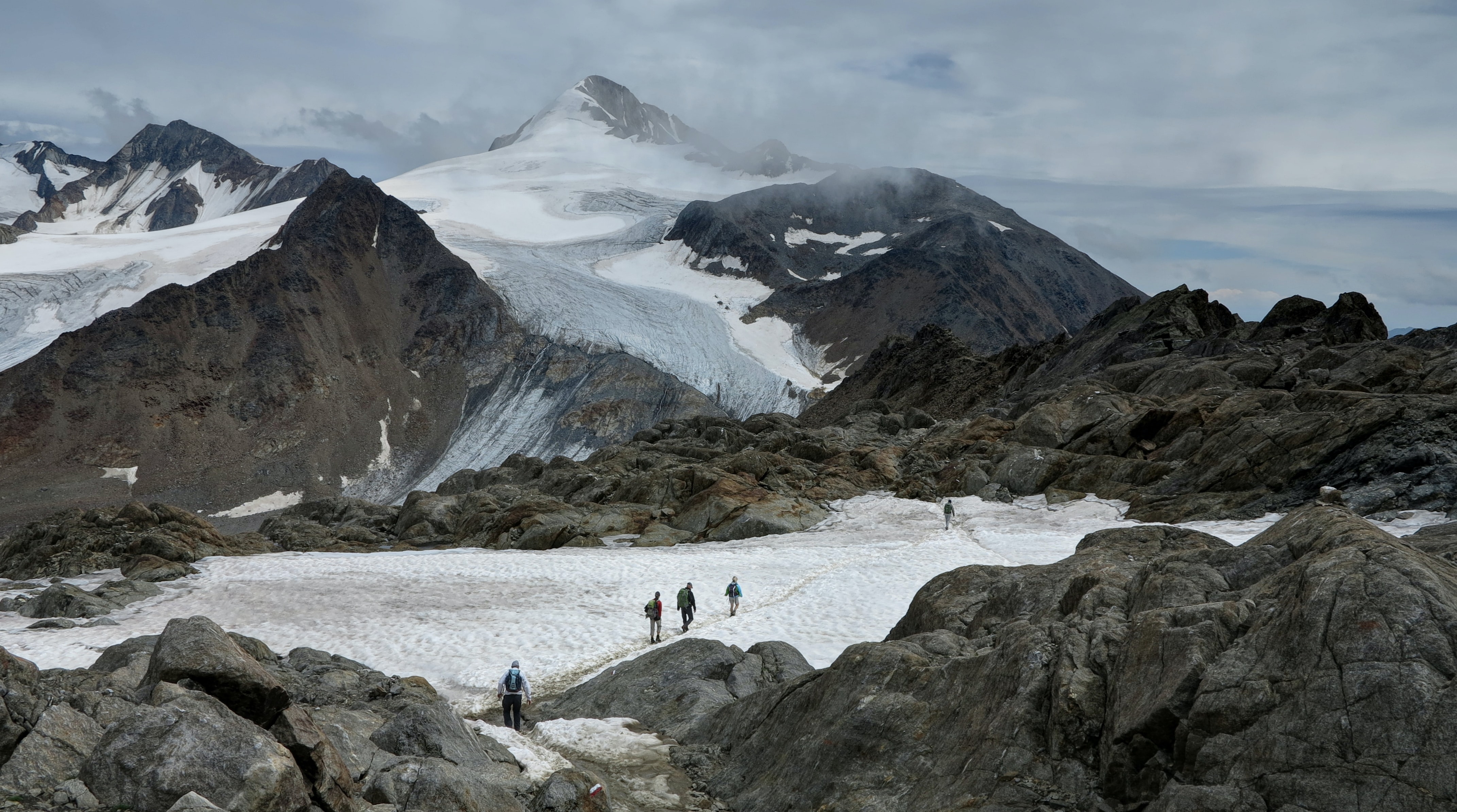
Glacier Trips
You should not set off on a trip onto a glacier without both experience and knowledge of the special equipment required. Organized trips with experienced guides are the safest option.
- Ice on glacier tongues can be very slippery. It is dangerous to walk on glacier tongues without crampons and other ice-climbing equipment.
- Glaciers are unstable and blocks of ice can fall without warning. It is inadvisable to enter ice-caves or to stand near steep walls of ice.
- When walking on snow-covered glaciers, you must use ropes and other pieces of equipment because of dangers presented by hidden crevasses, which can be deep and wide.
- When travelling by snowmobile, follow the guide's instructions, follow his tracks and wear a helmet at all times.
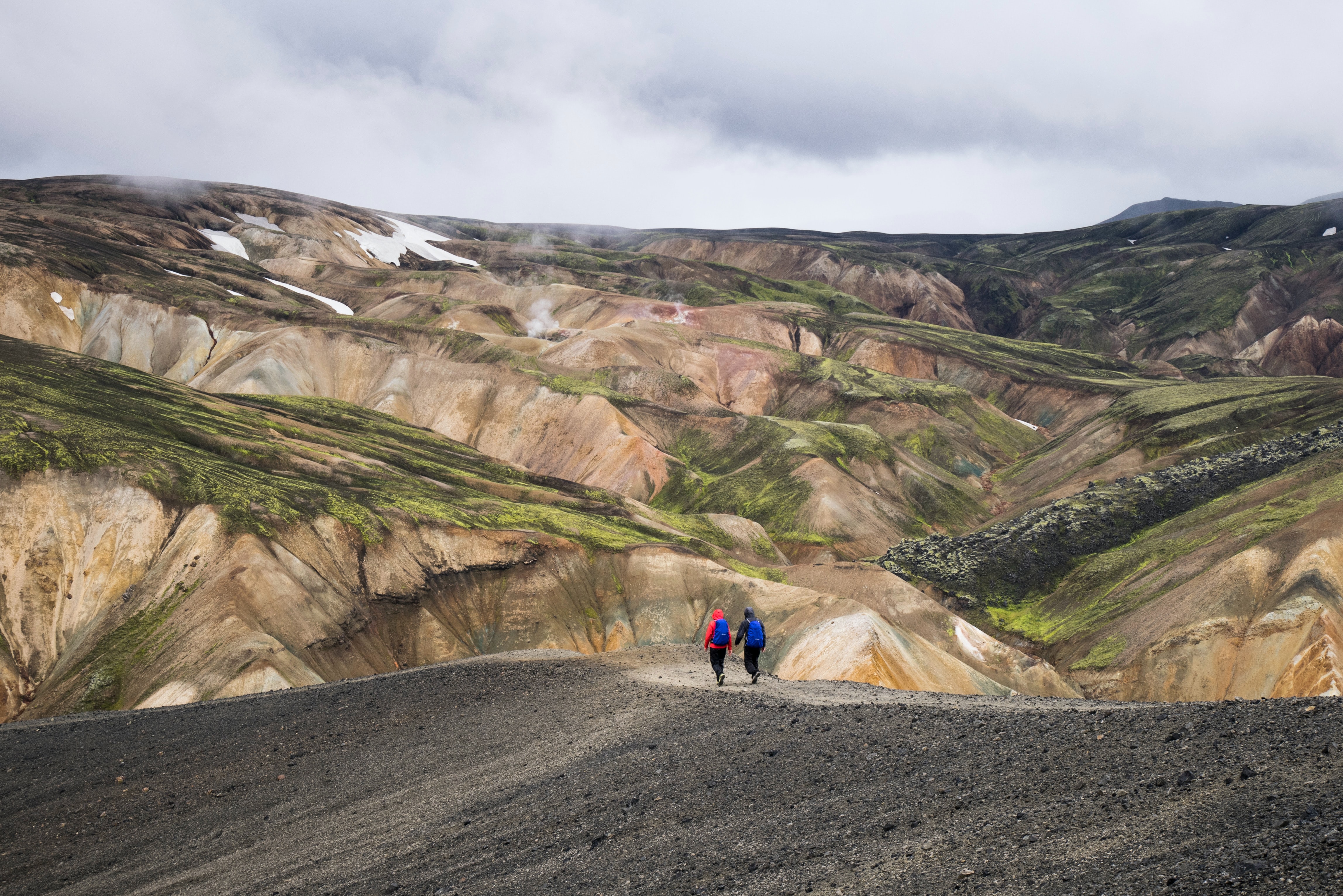
Walking and Mountaineering
Choose your route carefully and let someone know your plans.
Marked footpaths are a safe option for walkers.
- You should be able to use a map and compass. A GPS unit is advisable on longer trips.
- Be especially careful near rock faces, cliffs and riverbanks.
- Rock faces in Iceland are often loose. Be aware of the danger of rockfalls and avalanches.
Have a safe and enjoyable trip!
